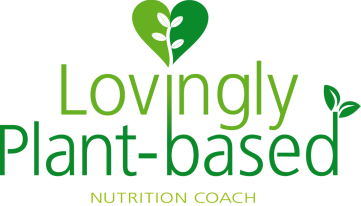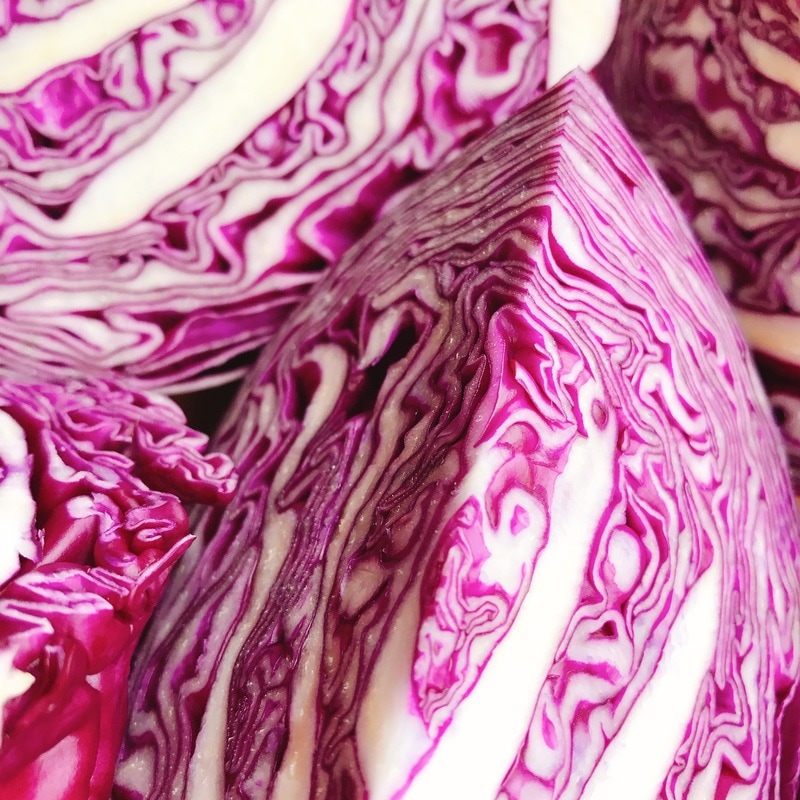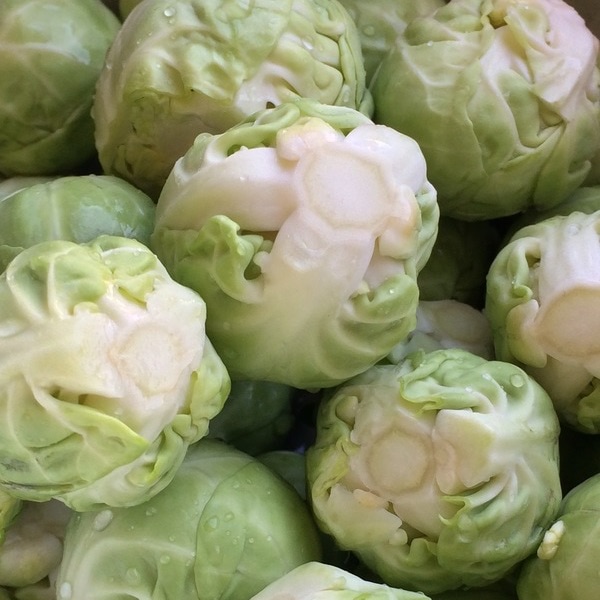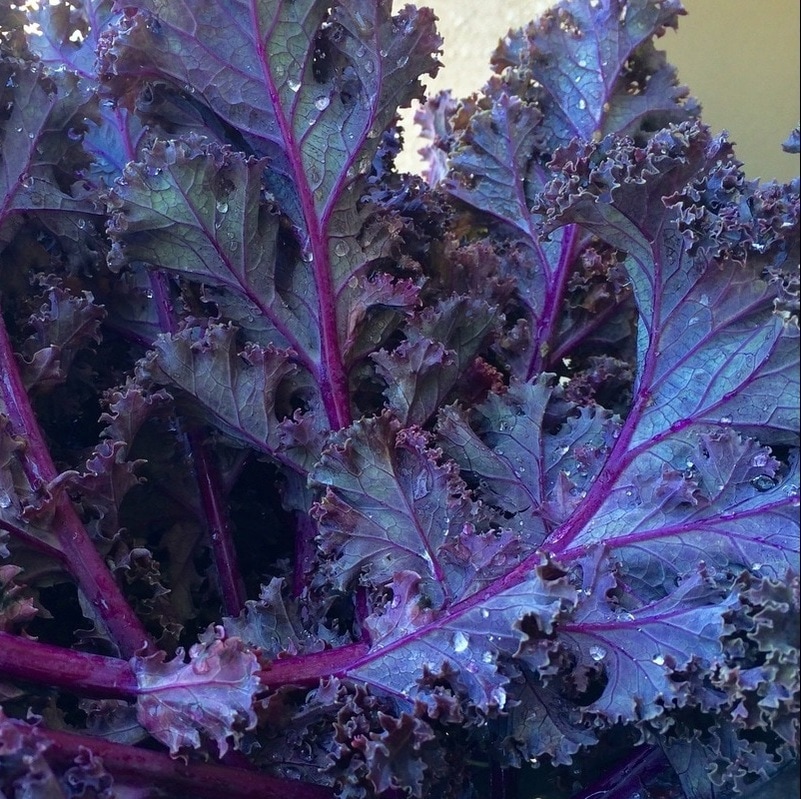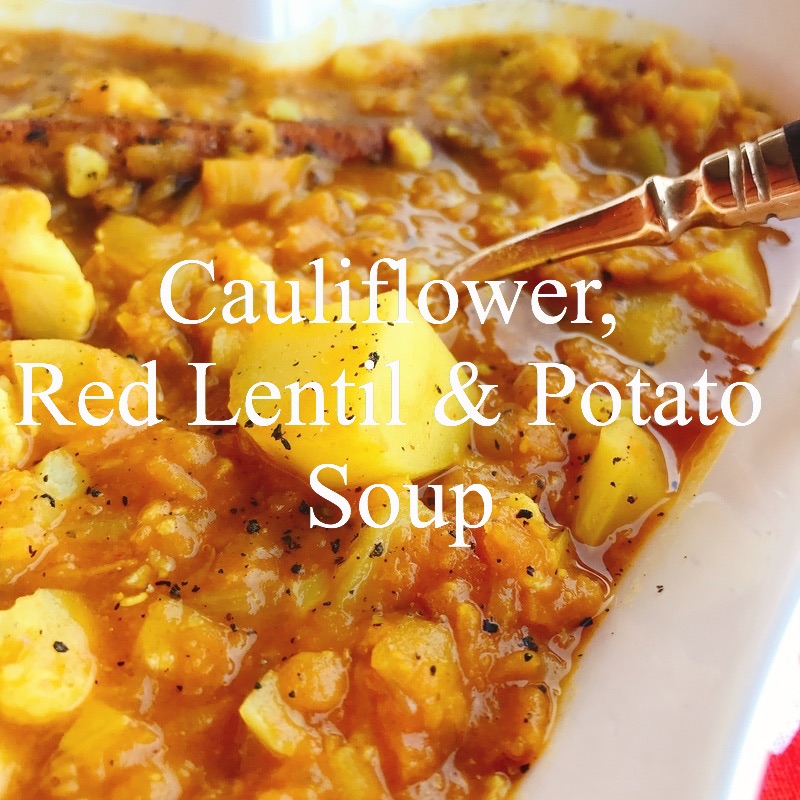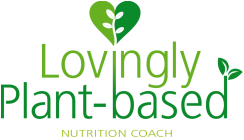Isothiocyanates & cruciferous vegetables
& why we should be eating more of them
Iso-Whats?
Isothiocyanates (ITCs) are sulphur-containing phytochemicals (aka phytonutrients) that can be found in cruciferous vegetables such as broccoli, cauliflower, kale, cabbage, Brussels sprouts, red cabbage, bok choy.
Isothiocyanates (ITCs) are sulphur-containing phytochemicals (aka phytonutrients) that can be found in cruciferous vegetables such as broccoli, cauliflower, kale, cabbage, Brussels sprouts, red cabbage, bok choy.
It is thought that isothiocyanates may protect us from free radicals and also help in preventing and even curing some types of cancer. Studies have shown that these phytochemicals have the ability to block chemical carcinogenesis.
Cruciferous vegetables are well-known for their pungent, gassy odour and bitter taste. It is in fact the sulphur-containing chemicals (thiocyanates) that we have to thank for that. They are present in the vegetable to protect it from pests, bacteria, viruses and fungal infections. Plants usually store their ‘chemical weapons’ in their cells until needed, as in the case of a viral, bacterial or pest attack, and released only when the cells are damaged.
When we eat cruciferous vegetables, in order for these isothiocyanates to become bioavailable (absorbed and used by the body) first of all the plant cells need to be broken (the raw vegetables need to be chopped or chewed). When the cells are broken, glucosinolates (precursors of isothiocyanates) are released. These glucosinolates are then changed to isothiocyanates by the enzyme myrosinase also present in the vegetable.
In other words:
Broccoli + chop/chew = glucosinolates
Glucosinolates + myrosinase enzyme = isothiocyanates
(We love Isothiocyanates)
Broccoli + chop/chew = glucosinolates
Glucosinolates + myrosinase enzyme = isothiocyanates
(We love Isothiocyanates)
Now there’s only one slight problem and that is the enzyme myrosinase is destroyed by heat and whilst a little may be made in the gut by intestinal bacteria, the myrosinase present in the vegetables does a better job.
No myrosinase = no or very little isothiocyanates
So cooking your healthy cruciferous veggies is possibly robbing you of a potentially powerful health booster.
No myrosinase = no or very little isothiocyanates
So cooking your healthy cruciferous veggies is possibly robbing you of a potentially powerful health booster.
So if we shouldn’t be cooking them, how on earth can we consume them? I hear you cry.
Well first off, let me say that fresh, raw broccoli, cauliflower and kale is actually surprisingly ‘less traumatic’ to eat than you might think, in fact I’d go as far as to say that it’s more delicious! There are some really tasty raw recipes such as 'Crunchy Lemony Turmeric Cauliflower' and there are plenty of yummy dressings and dips that you can fix in a couple of minutes that will turn a bowl of broccoli into an unexpected joy! And how about a Raw Kale Salad? (There will be links to these recipes shortly.)
Well first off, let me say that fresh, raw broccoli, cauliflower and kale is actually surprisingly ‘less traumatic’ to eat than you might think, in fact I’d go as far as to say that it’s more delicious! There are some really tasty raw recipes such as 'Crunchy Lemony Turmeric Cauliflower' and there are plenty of yummy dressings and dips that you can fix in a couple of minutes that will turn a bowl of broccoli into an unexpected joy! And how about a Raw Kale Salad? (There will be links to these recipes shortly.)
But not everyone loves chomping down on raw cauliflower, broccoli or Brussels sprouts, tasty dressings or not. I get it. I understand that the idea of eating these gassy veggies in their raw form can seem pretty extreme, especially to a newbie plant-baser.
So what can we do?
Well, quite a lot actually.
So what can we do?
Well, quite a lot actually.
If you chop your cruciferous veggies and then leave them for about 45 minutes before cooking, the veg has time for the myrosinase enzyme to get to work on the glucosinolates and produce the isothiocyanates. (Remember, it’s the isothiocyanates we want.) Then you can cook as you wish as the ITCs (isothiocyanates) aren’t destroyed by heat.
Another way to ensure you’re getting the whole nutrient package when you pile your plate high with cruciferous allies, is to add a myrosinase enzyme-containing food, such as horseradish, mustardseed, or even a small amount of raw cruciferous vegetables. That way the myrosinase present in the raw food can work on the gluconsinolates present in your cooked food.
Where there’s a will, there’s a way!
Where there’s a will, there’s a way!
Copyright 2021 Nicki Perkins | www.lovinglyplantbased.com All rights reserved.
All content, videos and images found on lovinglyplantbased.com may not be reproduced or distributed, unless permitted in writing by Nicki Perkins, lovinglyplantbased.com
All content, videos and images found on lovinglyplantbased.com may not be reproduced or distributed, unless permitted in writing by Nicki Perkins, lovinglyplantbased.com
